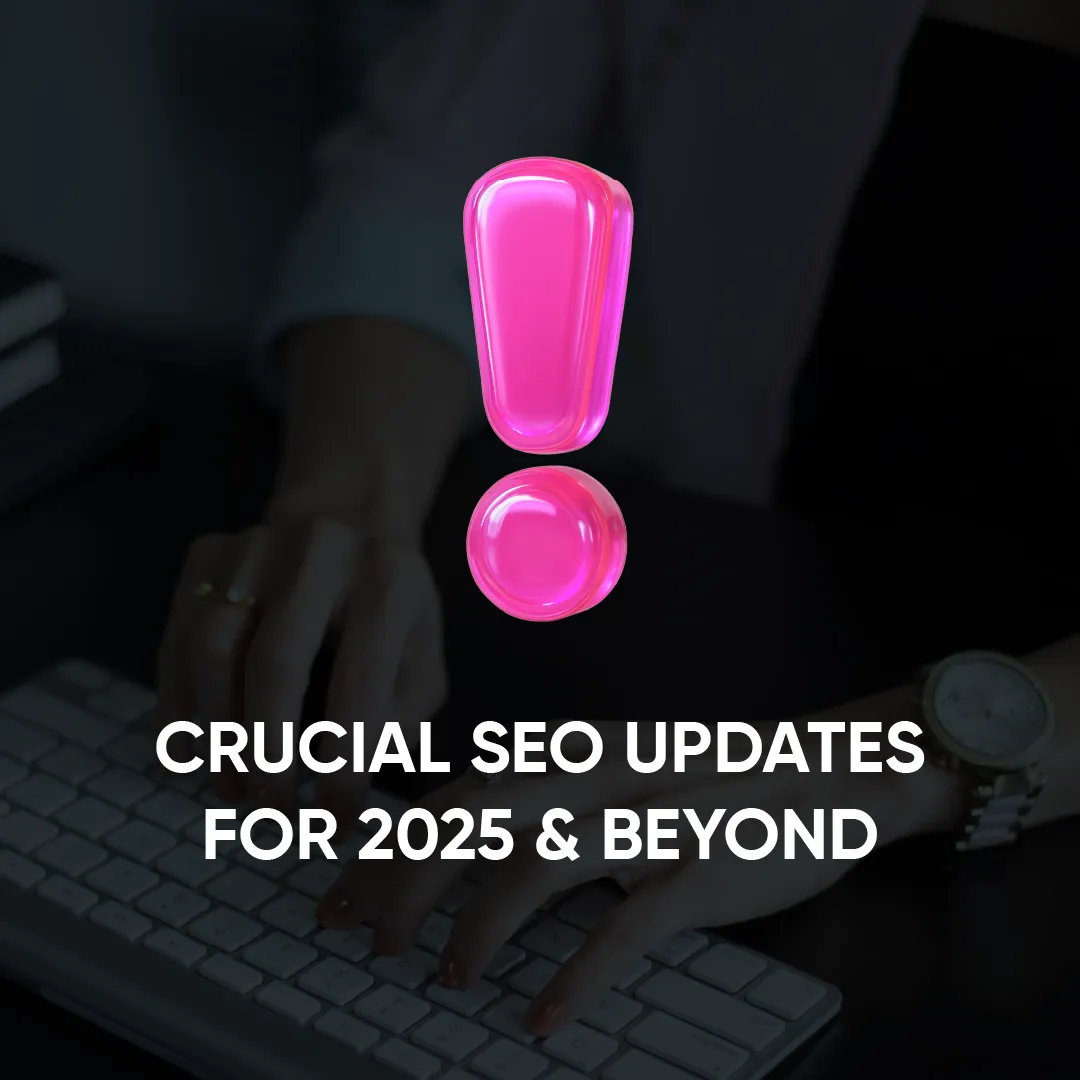The success of your SEO and Ad effectiveness hinges on more than using the right keywords and clever headlines. Having a positive user experience matters more than you think. In fact, it can be make or break, leading to higher engagement, lower bounce rates and increased time on sites.
User Experience Design (UX Design) is often overlooked in SEO and advertising strategies. But with understanding and planning, you can design smarter to drive your brand toward success.
What is User Experience Design? (UX Design)
So, what is UX Design? Why is it so important? Why does it work?
It’s not just about making a website look good, it’s about creating a seamless, intuitive journey that meets user expectations at every touchpoint. A strong UX strategy guides users through your site in a logical and engaging way, ensuring that each interaction is clear, efficient, and aligned with your brand goals.
This involves more than just design; it requires in-depth research and testing to understand how your audience behaves, what competitors are doing, and how to best leverage your tech stack to monitor and optimise performance. A well-designed website or landing page keeps users engaged, improves conversion rates, and signals to search engines that your site is valuable and user-focused.
Good UX Design makes a website feel intuitive and can be the difference between a conversion and a lost opportunity. It ensures that the design will attract the relevant audience, find what they need quickly, understand your offer, trust your brand and complete the action you want them to take.

Tools for Tracking User Interactions
Understanding how users interact with your site and content is essential for improving UX Design. There are handy tools that can provide valuable insights into users’ behaviour, pain points and potential points of drop-off so you can make decisions that are backed by data.
These are some of the tools you can use to track user interactions:
- HotJar: Offers heatmaps, scroll maps, and user session recordings to see where users are engaged and where they are not.
- Microsoft Clarity: A free tool that shows behaviour analytics, helping you to understand how users are interacting with your website through heat maps and session replays.
- FullStory: Uses AI-agent analysts to show insights that will help build better user experiences.

Planning Your User’s Journey
Mapping your user’s journey is the key to creating a seamless experience from the moment of entry to the final conversion. A positive user experience begins with understanding how your audience engages with your content or site. Planning with this in mind will help set the layout, navigation and content.
Having a mobile-first responsive design is essential, and search engines like Google prioritise mobile useability. Your site should be quick, simple to navigate and easy to interact with across devices.
In 2023, Semrush analysed the top 100 most popular sites and found that nearly 40 billion people visited these on a mobile device compared to approximately 10 billion on a desktop. These differences highlight the importance of mobile optimisation, ensuring a good user experience and maintaining search engine rankings.
Clear, well-placed Calls to action (CTA) guide users through the content, indicating the actions you would like them to take. Use visual hierarchy elements, such as headings, spacing, and contrast, to guide the eye and reduce cognitive load.
There should only be one message at each stage of the user journey. This prevents overwhelm and decision fatigue, and can help you track where in your user journey you need to adjust your messaging, design or offer. The right messaging can educate new users or provide reassurance and a final nudge to return users further down the marketing funnel.
When your design aligns with your users’ mindset, conversions are likely to follow.

Landing Page Design Tips
Landing pages are a crucial component of your website. They’re where your paid ad efforts thrive or decline. A good landing page doesn’t just look good; it leads users through a persuasive experience that hopefully will end in a conversion. You could have the best and flashiest landing page, but if it doesn’t have good UX Design, it may be a wasted effort.
Here are some of our top tips to get your landing page just right:
- Start with a strong hook that speaks to the outcomes, not just the product.
- Address your audience’s pain points and proactively handle any objections. You could do this through an FAQ section.
- Include social proof, such as reviews, testimonials, or case studies, that help build trust with your audience.
- Make it easy to buy with easy-to-fill-out forms and obvious next steps.
- Add prompts to guide users through moments of hesitation. This could include a trust badge, payment methods, or urgency indicators.
And remember, each element on your landing page should serve a single purpose: to get the user to take action.

Good Design Helps Your SEO
UX Design and SEO go hand in hand, and a well-designed website can help improve search engine rankings. Search engines like Google recognise positive user experiences and reward them accordingly.
- Have a clear structure with logical navigation, headings, and internal linking so both users and crawlers can easily understand the content.
- It’s also essential to have original content that doesn’t duplicate and provides users with genuine, useful information.
- Avoid trying to do too much on a single page. Having a single focus per page will reduce confusion for both users and search engines.
- Avoid having bounce triggers. Ensuring that your website functions as it should, with quick load times, no broken links or pop-ups, and good mobile design, reduces bounce rates.
Ad Funnels and Messaging
Ads are one part of a customer journey that should be used in a holistic approach. They move the customer through the awareness, consideration, and decision stages. For them to be effective, your UX Design and messaging must reflect where users are in the marketing funnel.
At the Top of Funnel (TOFU), the focus should be on education and the value your brand brings. Offer valuable content and light-touch CTAs that guide users gently to relevant content that will guide them to the next stage of their user journey.
In the Middle of Funnel (MOFU), build trust. Address any hesitations or objections and highlight your unique selling points. Add social proof, such as reviews and testimonials, to this section.
At the Bottom of Funnel (BOFU), users are ready to convert. Here, you should offer clear messaging and a frictionless landing page with an irresistible offer to give the final nudge.

It’s essential that your design and messaging are consistent across all ads, emails, landing pages, and other channels to maintain consistency and build trust.
And like everything else, complete regular testing, review analytics, and stay up to date with UX Design using helpful tools like Google Analytics, HotJar and A/B testing to improve results.
You could have the best strategy or irresistible offer, but without good UX Design, you’re losing potential conversions. UX Design isn’t an option; it’s the backbone of an effective SEO and ad strategy, turning clicks into customers.
Ready to turn visitors into buyers? Your website is one of your best assets. But if it’s not converting, then it might be time for a review. Book a website review with Red Herring Digital and discover precisely where your site is costing you clicks and conversions.


